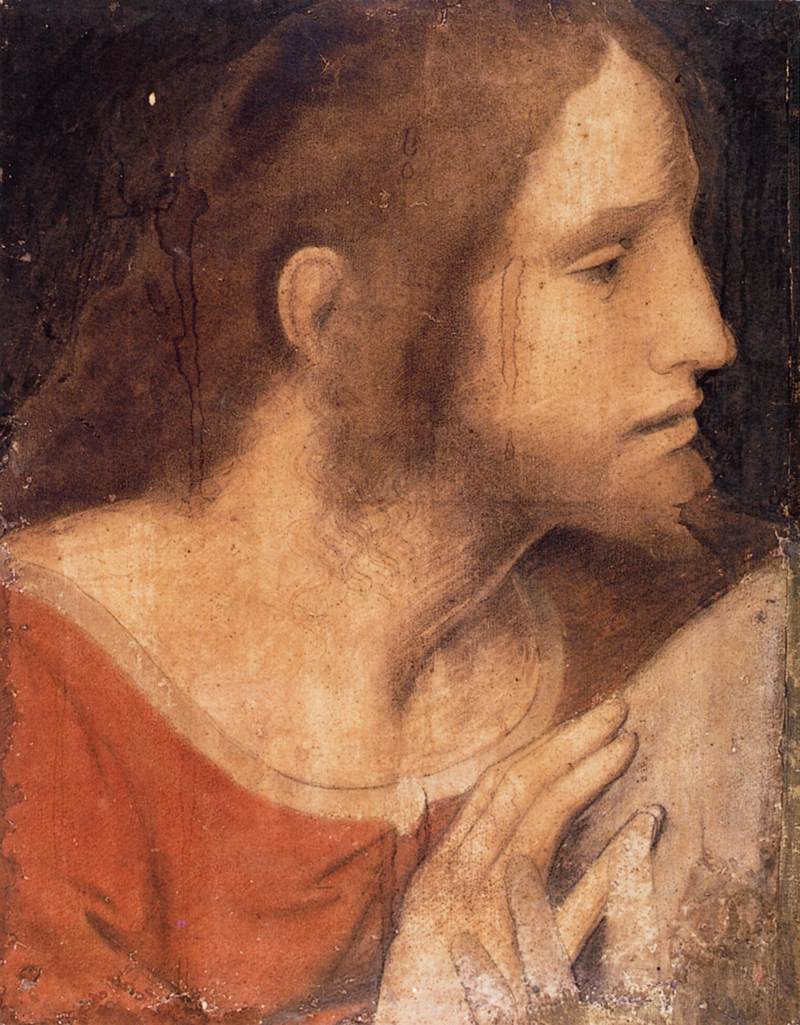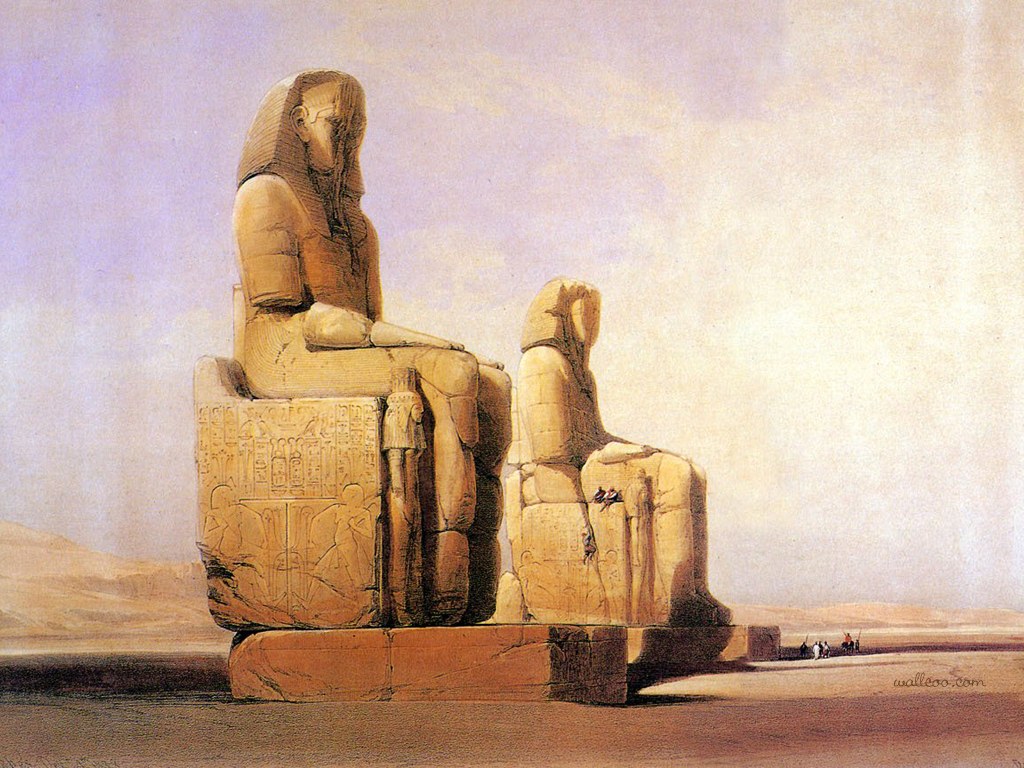Trattato della Pittura
Parte prima | Capitolo 37
Dice lo scultore, che s'esso leva piú marmo che non deve, non può ricorreggere il suo errore, come fa il pittore; al quale si risponde, che chi leva piú che non deve non è maestro, perché maestro si dimanda quello che ha vera scienza della sua operazione.
Risponde lo scultore, che lavorando il marmo si scopre una rottura, che ne fu causa essa e non il maestro di tale errore; rispondesi tale scultore essere in questo caso come il pittore a cui si rompe ed offende la tavola donde egli dipinge.



















